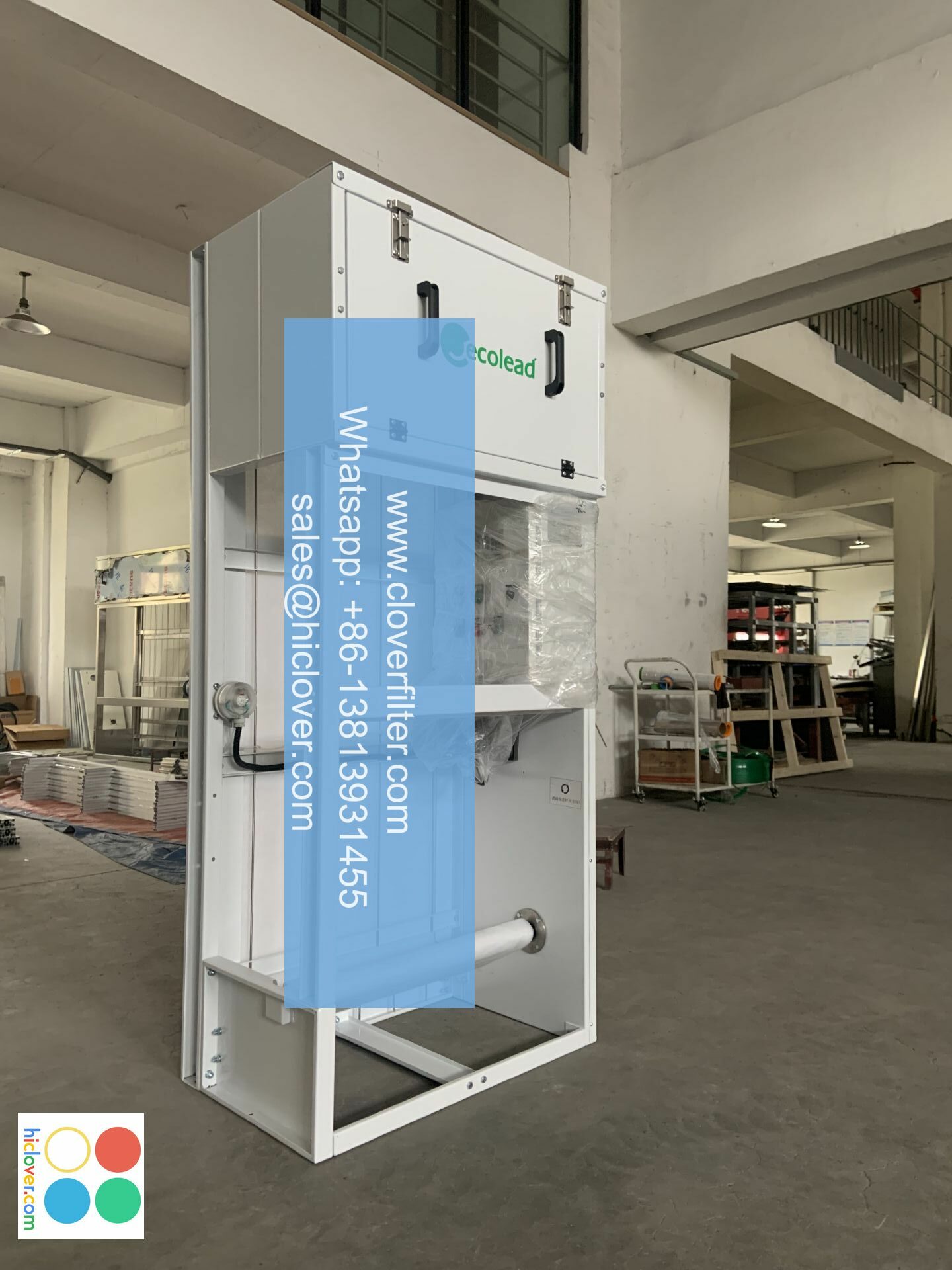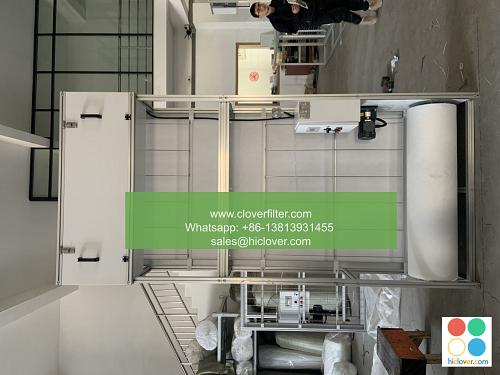The Role of Activated Carbon in Air Filtration: Explained

Activated carbon, also known as activated charcoal, plays a crucial role in air filtration systems due to its exceptional adsorption properties. In this article, we will delve into the world of activated carbon, exploring its applications, benefits, and key characteristics that make it an essential component in air purification technologies.
What is Activated Carbon?
Activated carbon is a type of carbon that has been treated to increase its surface area and adsorption capacity. This process, known as activation, involves heating the carbon material to high temperatures, resulting in a highly porous structure that can trap and retain a wide range of airborne pollutants, including volatile organic compounds (VOCs), gases, and particulate matter (PM).
How Does Activated Carbon Work in Air Filtration?
Activated carbon works by adsorbing (attracting and holding) airborne pollutants, rather than absorbing them. This distinction is important, as adsorption allows the activated carbon to capture and retain pollutants without becoming saturated. The adsorption process occurs through van der Waals forces, which create a weak bond between the pollutant molecules and the activated carbon surface. As a result, the pollutants are effectively removed from the air, improving indoor air quality (IAQ) and reducing the risks associated with poor air quality.
Application Areas of Activated Carbon in Air Filtration
Activated carbon is utilized in various air filtration applications, including:
* Industrial Air Purification: Activated carbon is used to remove VOCs, gases, and other pollutants from industrial processes, such as chemical manufacturing, painting, and printing.
* Commercial Air Filtration: Activated carbon is employed in commercial air filtration systems to improve IAQ in offices, schools, and hospitals, reducing the spread of airborne diseases and improving occupant health and productivity.
* Residential Air Purification: Activated carbon is used in residential air purifiers to remove odors, VOCs, and other pollutants from indoor air, creating a healthier and more comfortable living environment.
* Transportation Air Filtration: Activated carbon is used in vehicle air filtration systems to remove pollutants and odors from the air, improving cabin air quality and reducing driver fatigue.
* Military and Defense Air Filtration: Activated carbon is used in military and defense applications to protect personnel from chemical, biological, and nuclear (CBN) threats.
Benefits of Activated Carbon in Air Filtration
The use of activated carbon in air filtration offers several benefits, including:
* High Adsorption Capacity: Activated carbon has a high surface area and adsorption capacity, allowing it to capture and retain a wide range of airborne pollutants.
* Long Service Life: Activated carbon can be reused and reactivated, extending its service life and reducing replacement costs.
* Low Maintenance: Activated carbon air filters require minimal maintenance, as they can be easily replaced or reactivated.
* Cost-Effective: Activated carbon is a cost-effective solution for air filtration, offering a high level of performance at a relatively low cost.
Conclusion
In conclusion, activated carbon plays a vital role in air filtration systems, offering a high level of performance, long service life, and cost-effectiveness. Its exceptional adsorption properties make it an essential component in various air purification technologies, including industrial, commercial, residential, transportation, and military applications. As the demand for clean air continues to grow, the importance of activated carbon in air filtration will only continue to increase, making it a crucial component in the pursuit of improved indoor air quality and public health. You haven’t asked a question or provided any context. Please provide more information or ask a question so I can assist you.

